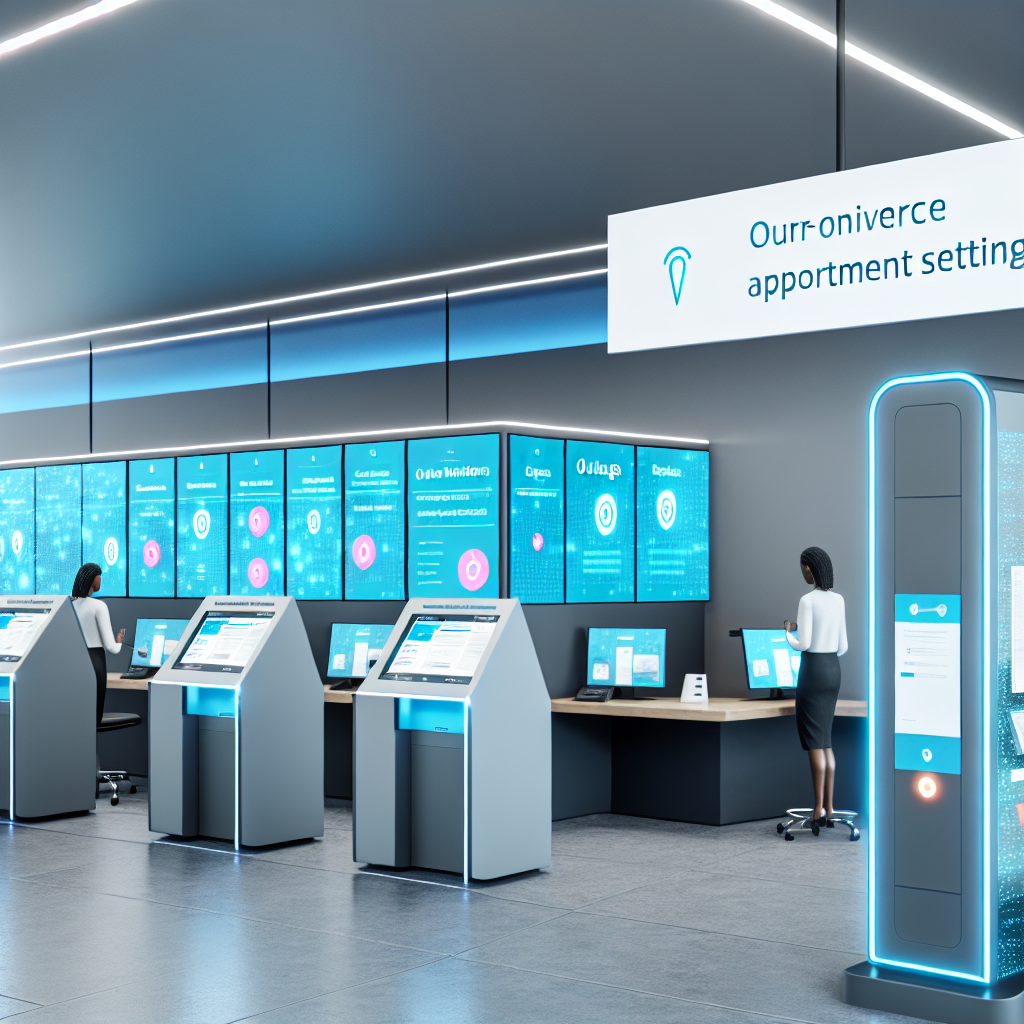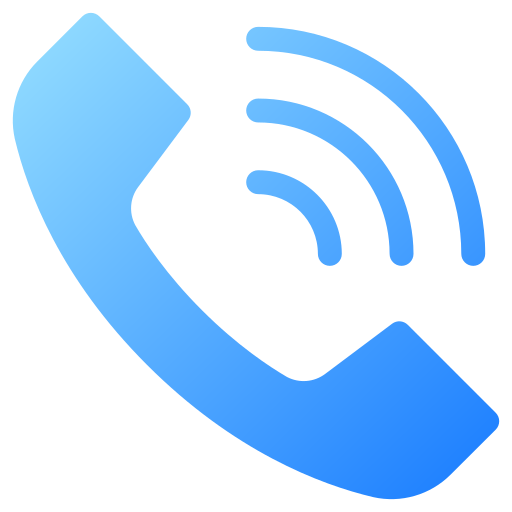Introduction
In an era defined by technological advancement, utilities companies are increasingly adopting artificial intelligence (AI) to enhance customer engagement and operational efficiency. Among the various applications of AI in this industry, AI-driven appointment setting has emerged as a game-changer. This approach facilitates smoother communication between companies and their customers for various needs, such as bill payment reminders, outage notifications, and service requests. Utilizing AI in these scenarios not only improves customer experience but also optimizes resource allocation and enhances overall operational performance.
Importance of Appointment Setting in Utilities
Appointment setting is crucial in the utilities sector, as customers rely heavily on timely notifications and responses to their inquiries. Whether it’s receiving reminders for impending bills, alerts regarding service interruptions, or coordinating service requests, efficient appointment setting can significantly impact customer satisfaction and loyalty. Ineffective communication can lead to frustration, increase workload for customer service representatives, and drain company resources. By automating appointment setting through AI technology, utility companies can mitigate these challenges while fostering a more productive relationship with their customers.
Bill Payment Reminders
One of the most common scenarios where AI-driven appointment setting proves beneficial is in managing bill payment reminders. Many customers may overlook their utility bills due to busy schedules or a simple lack of awareness about the due dates. Implementing an AI-powered system can automatically send personalized reminders to customers. These reminders can be delivered via various channels, such as email, SMS, or push notifications through mobile applications.
Moreover, AI systems can analyze customer behavior and payment history to tailor messages. For instance, customers who consistently pay late could receive reminders several days in advance, whereas prompt payers might only require reminders closer to the due date. This level of personalization enhances the customer experience, ensuring that clients are well-informed about their financial commitments without being overwhelmed by generic notifications. In turn, this leads to higher payment rates and reduced costs associated with late payments.
Outage Notifications
Utility outages can be disruptive and concerning for customers, making timely and accurate communication essential. AI-driven appointment setting can play a pivotal role in managing outages effectively. Through monitoring systems and predictive analytics, AI can detect potential outages before they occur. As a result, utility companies can proactively notify customers about potential service interruptions.
Notifications can be automated to inform customers through preferred channels, ensuring they stay informed about the status of their utility services. For instance, if a storm is expected to cause outages in a specific area, AI systems can send alerts to customers in that region, providing updates on expected downtime and restoration efforts. Additionally, once an outage is confirmed, AI can manage follow-up communications to keep customers informed about progress and restoration timeframes.
This proactive approach not only reassures customers during uncertain times but also reduces the volume of inbound inquiries to customer service teams, allowing them to focus on more complex issues. Consequently, this enhances the overall perception of the utility brand as one that values customer communication and service reliability.
Service Requests
AI-driven appointment setting can also significantly improve how utilities handle service requests. In a traditional setting, customers typically need to navigate phone trees, endure long wait times, and sometimes repeat their issues to multiple representatives. By implementing AI systems, utilities can streamline this process and provide more immediate solutions.
When a customer initiates a service request via a digital platform, AI can gather the necessary information automatically and categorize the request based on urgency and type. Machine learning algorithms can analyze past service request data, enabling the system to predict and assign the request to the most suitable service agent, or it may even provide resolutions directly through chatbot interfaces.
Moreover, automated scheduling features can allow customers to select appointment times based on availability, maximizing convenience. By significantly reducing the time taken to resolve requests, utility companies can boost customer satisfaction while also maximizing the efficiency of their workforce.
Integration with Customer Management Systems
Another critical aspect of AI-driven appointment setting lies in its ability to seamlessly integrate with existing customer management systems (CMS). By enhancing these platforms, utilities can create a holistic view of customer interactions and history, allowing for more tailored communication and service. Integration facilitates data sharing across departments, enabling teams to collaborate better and respond more effectively to customer needs.
For example, when a service request is logged, AI can automatically update customer profiles in the CMS with relevant information regarding previous outages or payment behaviors. Such comprehensive records empower customer service representatives with insights that can further personalize interactions. This level of synergy between AI-driven appointment setting and CMS can drive long-term customer loyalty and increased engagement.
Challenges and Considerations
While the advantages of AI-driven appointment setting in utilities are substantial, organizations must also navigate certain challenges to maximize its potential. Data privacy and security are paramount, as utilities manage sensitive customer information. To ensure the responsible use of AI, companies must comply with data protection regulations and implement robust cybersecurity measures.
Furthermore, an over-reliance on automated systems can risk alienating customers who prefer human interaction. It’s essential to strike a balance between automation and personal engagement, ensuring customers have the option to connect with a representative when needed. Sensitivity to customer preferences in communication is vital for maintaining trust and rapport.
Conclusion
AI-driven appointment setting serves as a transformative tool for utilities, enhancing communication in key areas such as bill payment reminders, outage notifications, and service requests. By automating these processes, utility companies can improve customer satisfaction while optimizing their operational efficiencies. However, as with any technological advancement, careful implementation and a balance between automation and human interaction are necessary to realize the full potential of AI-driven solutions. As utilities continue to embrace this technology, they will not only meet but exceed customer expectations, positioning themselves as forward-thinking leaders in the industry.

